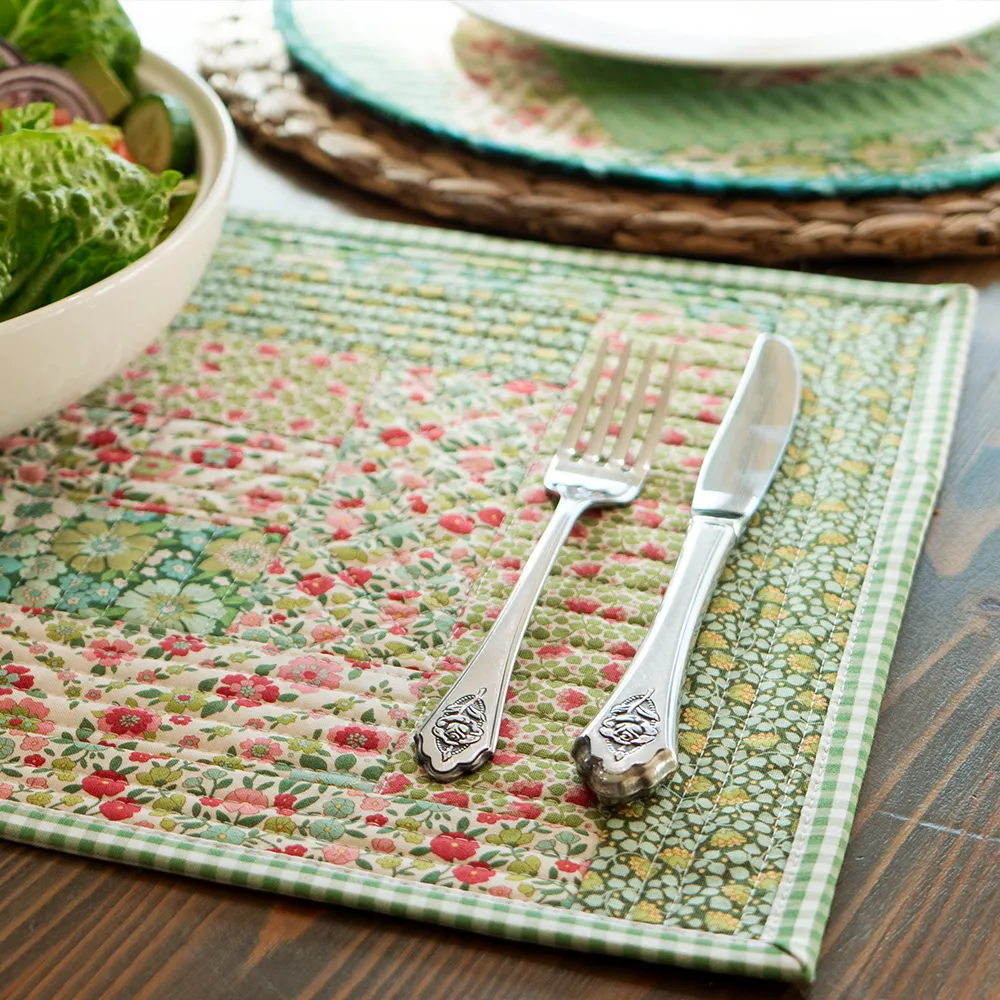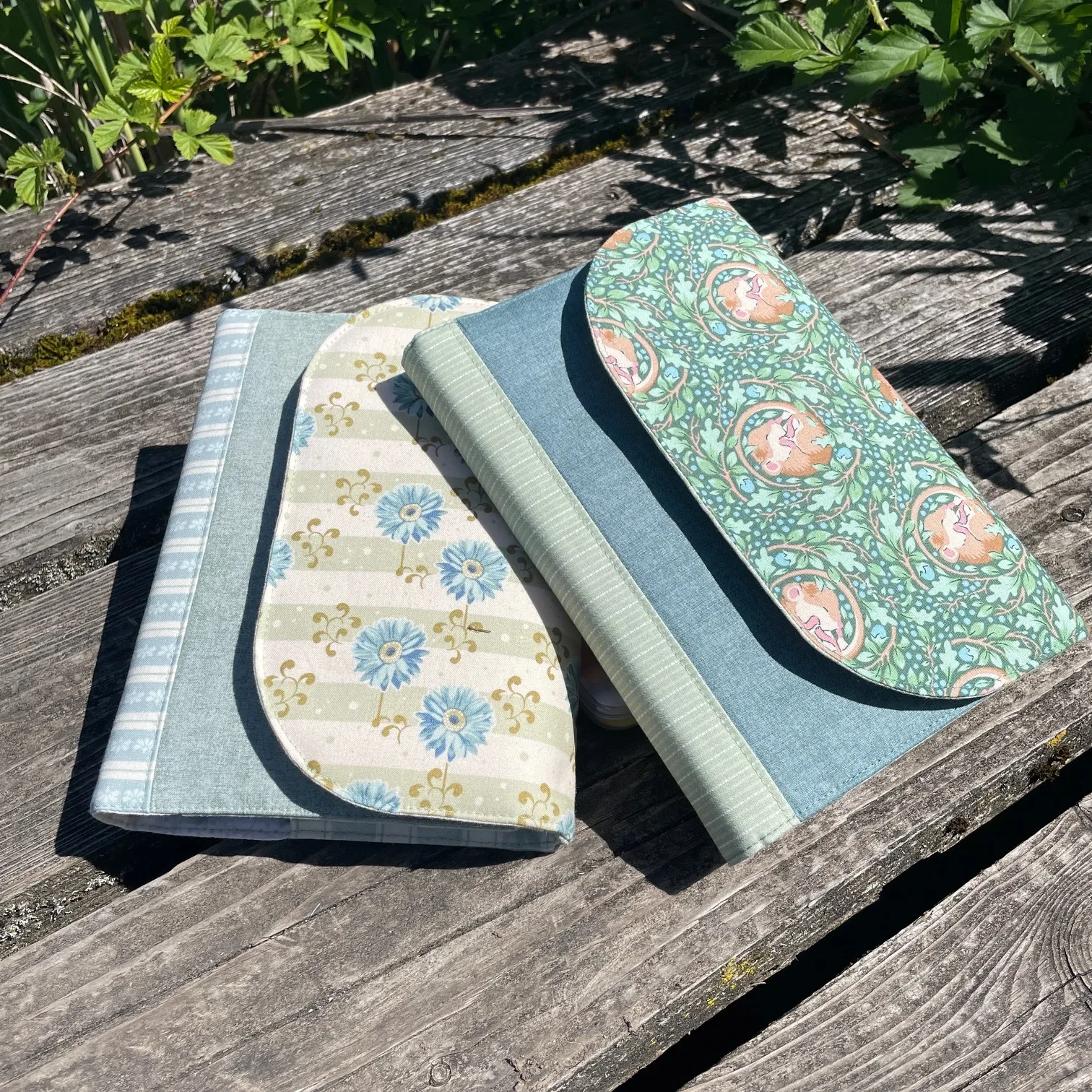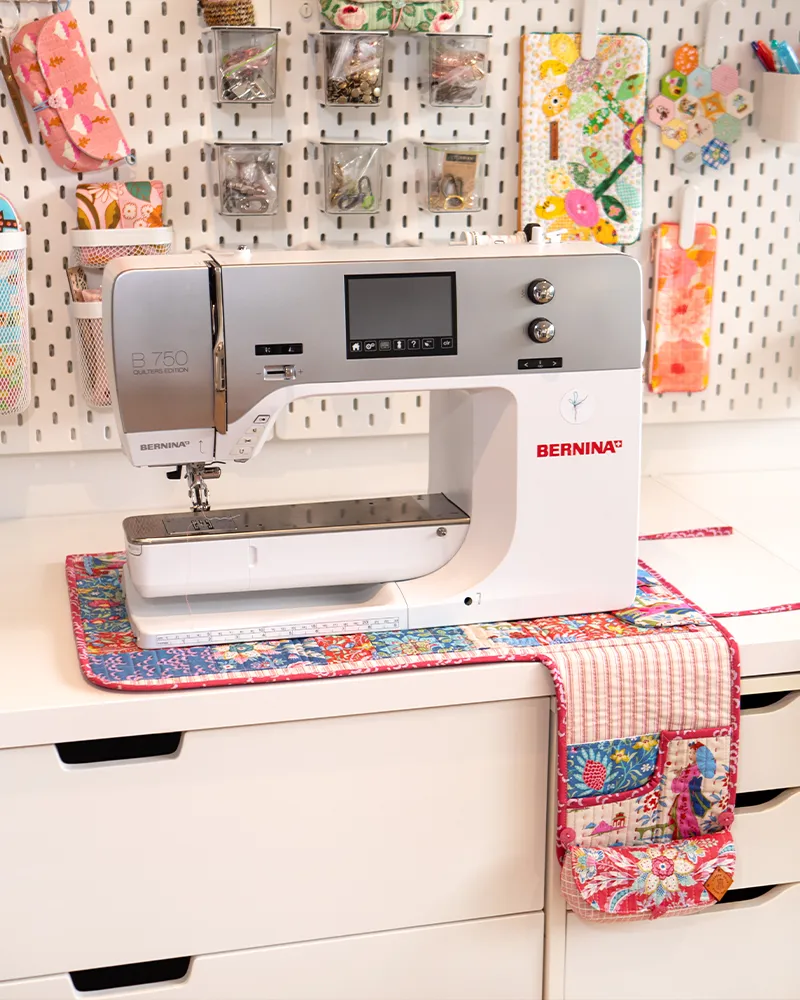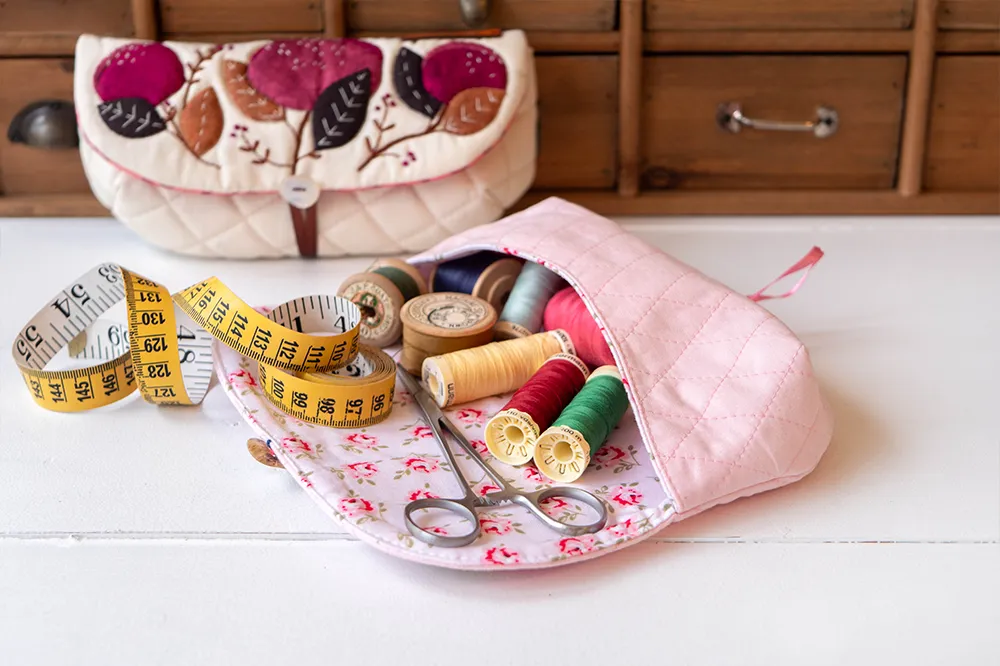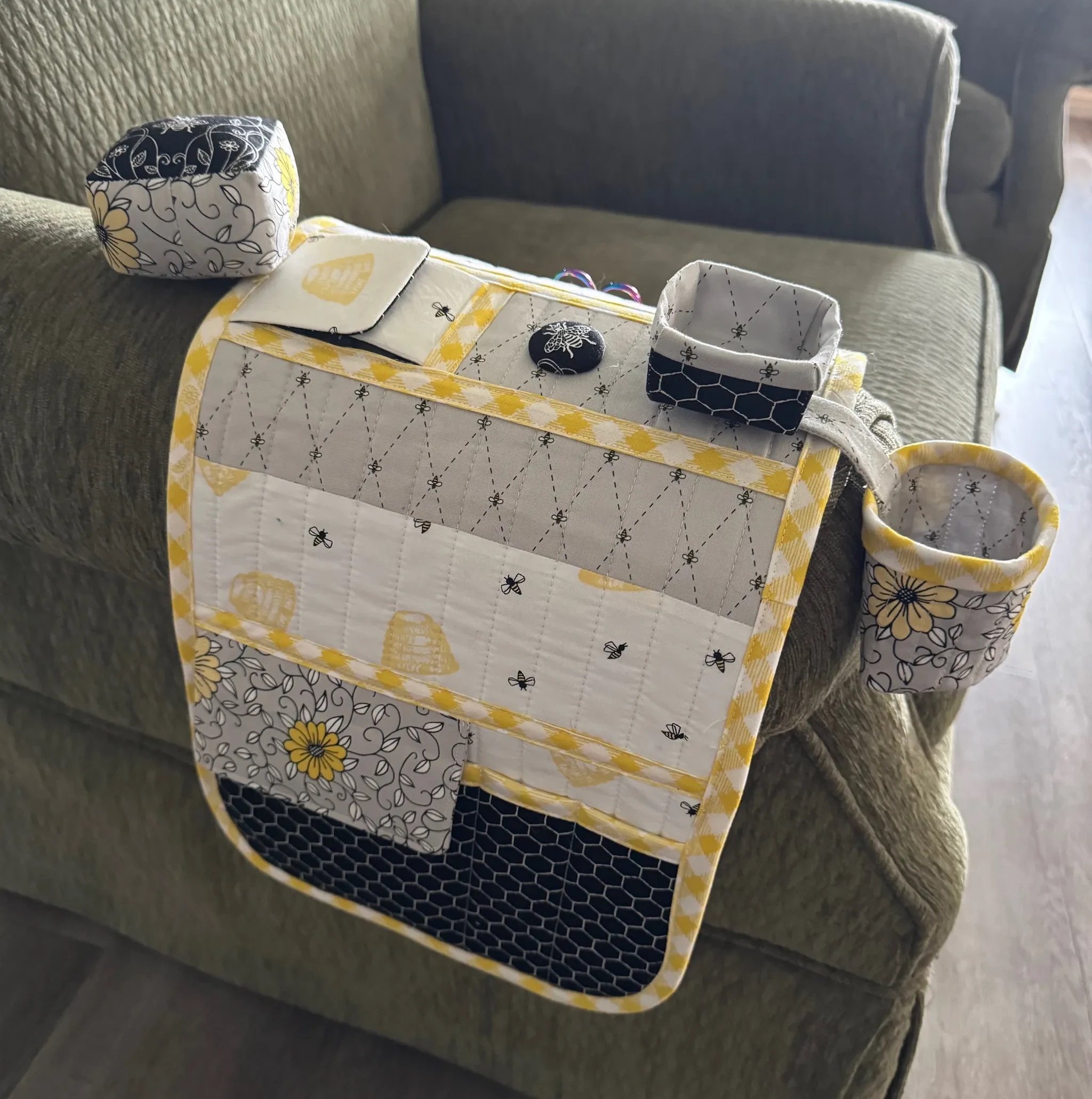
How to Make a Waxed Canvas Blithe Bucket Bag
Make a character filled Blithe Bucket with waxed canvas for classy/grungy finish
Today I'm sharing another version of the Blithe Bucket Bag, and I’m partnering with Lili of the lovely shop SunKissMelbourne.
Lili supplies all things bag making, and specific to my topic today, she stocks beautiful waxed canvas.
I’m super excited to share that Lili’s supplying kits to make a unique Blithe Bucket in the most perfect grungy canvas ever. Go check out her cool shop!
Waxed canvas is a fabulous product if you’re into the industrial, worn look that is so popular atm. And of course, this is not a new product at all. It’s just come round again like everything does eventually, being originally the first ‘waterproof’ fabric before plastics were invented.
The good news is that this fabric is sturdy and durable, and your bag will look great made with it! It’s really easy to sew, and new techniques are being developed all the time to invent new finishes which make it very exciting as a bag maker.
I dabbled in making my own waxed canvas from scratch a couple of years ago, and you can see the results here. It was an adventure for sure! I made a couple of bags with that fabric, and we still love them.

Sewing a Blithe Bucket in canvas will totally change the look of it. While I absolutely love the woven cotton versions, bold and bright with pattern and colour, you can totally take it down a notch by using a solid fabric for the exterior.
But I love pairing canvas with some more feminine prints, to soften the look. Art Gallery Fabrics have kindly sent me a FQ bundle of their new fabric Eclectic Intuition by Katarina Roccella, and I've loved featuring the prints. The colours were the perfect match to this canvas.

If you’re going to make a Blithe Bucket using a kit from Lili, in addition to those supplies you’ll need:
- Fat ¼ of fabric for the front window, either a picture print to fussy -cut, or a solid background fabric and some small scraps for the applique panel
- Fat 8th fabric for the contrast window (the frame around the window)
- ½ yard (45 cm) fabric for lining
- Fat ¼ for the top Casing, and the bias binding trim
There's really not much to sewing with waxed canvas, but there are a few important things to know, so here’s all my top tips for using your kit to make this bag.
A few things will change to make the pattern work with the waxed canvas …
1. Practice Sewing Canvas With First
Everyone’s machine is different and copes differently with thickness and layers of fabric. You might need to experiment with different needle sizes and stitch lengths.
This is an 8 oz (230 g) weight canvas, so not very thick, even though it might seem like it to begin with.
I used a size 90/14 needle and my Janome M7 coped fine. If your machine is skipping stitches, or bunching the fabric, try taking your need up a size or even switching to a denim needle.
I kept my stitch length to about 2.8 for seams, and 3.2 for top stitching. This can be a personal preference, but how your machine copes with the layers might affect the length you use – so play with this if your tension is not working.
2. Don’t use fusible interfacing on canvas
Waxed canvas doesn’t take well to heat from the iron. The wax will melt and mess up your iron, your ironing board, and possibly ruin the canvas too. So you don’t want to be ironing this at all, and in general you won’t be pressing any seams.
This is actually good, because the stiffness of the fabric means you can just press the seams open with your fingers and they'll stay where you put them.
But because of this issue with heat, we won’t be fusing anything onto the back of the fabric.

The good news is, because the fabric is thicker than quilting cotton, you won’t need the woven interfacing to back it.
But I do like a bit of extra bulk, so instead, we're using a fairly new product called ‘smackdown fleece’ which is a self-adhesive fleece that’s just a peel and stick product. It’s super easy to apply … no heat required!
The smackdown fleece gives the canvas a bit of extra loft and structure, while not making it stiff. You’ll maintain that wonderful ‘slouch’ that I love about this bag.
Here’s where the woven interfacing comes in – apply the front and back pieces of SF101 to the WS of the lining, instead of the exterior. You’ll still get great shape, with a little extra stiffness.

At the end when your bag is finished, if you find it’s more creased than you’d like, you can cover the fabric with an old towel or pressing cloth and give a very light press while supporting it on the inside. Do this slowly and carefully, checking often that it's coping.

Don’t overdo this … the creases are part of the character!
3. Increase the width of the channel on the Casing
This kit includes a woven cotton cord. If you’re planning to use this, it will be a bulkier than the drawstring we make in the pattern, so you’ll need to create more space for it run through.

Size up the width of the channel for the cord when sewing the casings from ½” to ¾”.
Let me know how you go!
5. Rivets are the Bomb!
IMHO, rivets and waxed canvas are a match made in heaven. They add just the right amount of industrial vibe to a bag like this.
I like to add them at the junction of every seam where there would naturally be stress on join.

Best of all, you can match your snap hardware to your rivets and get a super professional finish.
When you're installing these, make sure not to cut through any stitching which could fray. Where did I add rivets?

I added rivets on the top edge of the pocket, where the handles connect, and on the drawstring connectors. I don’t even have a fancy tool to put them – I just bore a hole with my awl, push them through and hammer in with a little hammer and anvil base.
Now fill up your bag, and use, use use it!


I hope you’ve enjoyed this run down on how to sew your waxed canvas Blithe Bucket. If you have any other questions, be sure and put them in the comments below.
Join my Facebook community

If you're a social bee, get involved with over 1100 sewists, quilters, and creators from around the world. Share your creations and get inspired!



